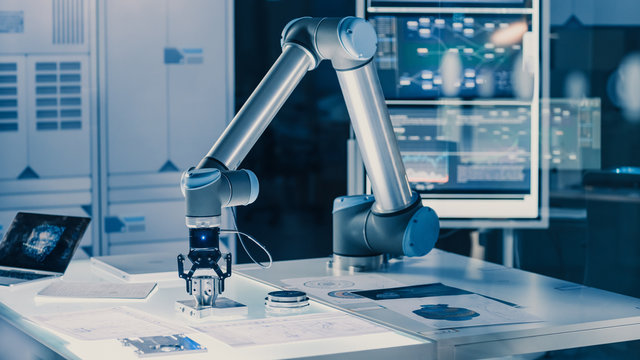Robotic Rehabilitation and Assistive Technologies Can Revolutionize the World of Physiotherapy
 |
| Robotic Rehabilitation and Assistive Technologies |
Robotic Rehabilitation and Assistive Technologies help reduce stress on the physiotherapy staff and control costs while improving patients' quality of life. These technologies allow for use of robotic devices for rehabilitation of people suffering from mobility issues. Moreover, robotic rehabilitation and assistive technologies allow for application of robotics in therapeutic procedures to help with recovery person from various diseases and disabilities, such orthopedic traumas, strokes, cognitive diseases, neuromotor disorders, and spinal cord injury.
Robotic technologies also help people with degenerative motor and/or cognitive abilities lead an independent life. Therapy robots are tools or machines for rehabilitation that allow people to perform robotically assisted exercise movements. The first robot used in that way, MIT-Manus (a novel robot introduced in 1991 to study the potential that robots might assist in and quantify the neuro-rehabilitation of motor function), helped stroke patients to reach across a tabletop if they were unable to perform the task by themselves.
The Robotic Rehabilitation and Assistive Technologies Market is predicted to develop as the prevalence of disability around the world rises.
The MIT-MANUS was developed at the Massachusetts Institute of Technology (US) with the goal of determining whether repetitive reaching exercises using a robotic device can enhance recovery of the arm function in hemiparetic stroke survivors. Robotic Rehabilitation and Assistive Technologies is the practice of using robotic devices to help people with disabilities. While, assistive technologies are devices/software designed to help people with disabilities do things they might not be able to do without assistance. Thus, there is an increase in demand for such devices/tools.
Rehabilitation technologies focus on developing intelligent devices/tools to enhance the comfort and ability of the patient, while improving patients' quality of life. Rehabilitation robotics is a field dedicated to understanding and augmenting rehabilitation through application of robotic devices, and assistive technology (AT) is a term for assistive, adaptive, and rehabilitative devices for people with disabilities and the elderly.



Comments
Post a Comment